#kiowa
Text

Louise Farewell, a Kiowa woman, 1899, Oklahoma,.
203 notes
·
View notes
Text
Silver Horn drawings, 1897-1921

Silver Horn drawings, 1897-1921
“Silver Horn (1860-1940), a Kiowa artist from the early reservation period, may well have been the most prolific Plains Indian artist of all time. Known also as Haungooah, his Kiowa name, Silver Horn was a man of remarkable skill and talent. Working in graphite, colored pencil, crayon, pen and ink, and watercolor on hide, muslin, and paper, he produced more than one thousand illustrations between 1870 and 1920. Silver Horn created an unparalleled visual record of Kiowa culture, from traditional images of warfare and coup counting to sensitive depictions of the sun dance, early Peyote religion, and domestic daily life. At the turn of the century, he helped translate nearly the entire corpus of Kiowa shield designs into miniaturized forms on buckskin models for Smithsonian ethnologist James Mooney.”
-- Silver Horn: Master Illustrator of the Kiowas by Candace S. Greene
The artist Elbridge Ayer Burbank traveled to Indian reservations in the late nineteenth century to paint the portraits of Indigenous peoples. Burbank traveled to Fort Sill, Oklahoma, on three occasions; it was there that the Kiowa artist Silver Horn sat for him for at least two portraits.
Silver Horn had been an established artist among the Kiowa since the 1880s. In 1899, he became interested in Burbank’s “naturalist” technique, and he observed the American artist as he painted other subjects. With Burbank, Silver Horn studied the art of modeling faces and individual portraiture. He experimented with this style in a series of individual portraits of people and animals, most of which he sold to Edward E. Ayer, before abandoning the style in favor of work that was more stylistically Kiowa.
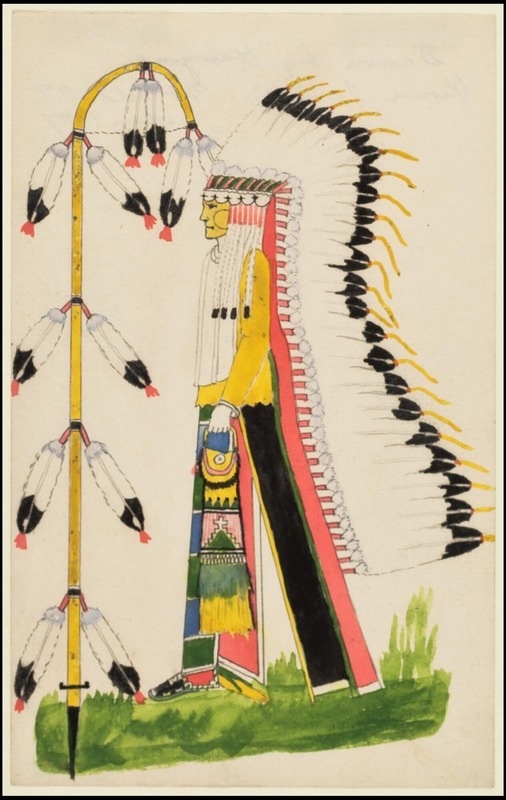
Silver Horn drawings, 1897-1921
The 123 pieces by Silver Horn in the Newberry’s Ayer Collection demonstrate that his experimentation took him away from narratives about community to work that featured individuals. This makes the body of work held in the collection stylistically distinct from both the earlier and later periods of Silver Horn's work.
–former Ayer Reference Librarian Seonaid Valiant (abridged from original post)
View Silver Horn's drawings or all of the Edward E. Ayer Collection at Newberry Digital Collections
#newberry library#libraries#special collections#archives#native american history#native american art#silver horn#kiowa#collection stories
101 notes
·
View notes
Text

Waiting for the Bus (Anadarko Princess), T. C. Cannon, 1977
Lithograph on paper
30 ⅛ x 22 ½ in. (76.5 x 57.2 cm)
Smithsonian American Art Museum, Washington, DC, USA
#art#painting#tc cannon#contemporary art#20th century#indigenous art#native american art#1970s#lithograph#print#smithsonian american art museum#kiowa#caddo
67 notes
·
View notes
Text
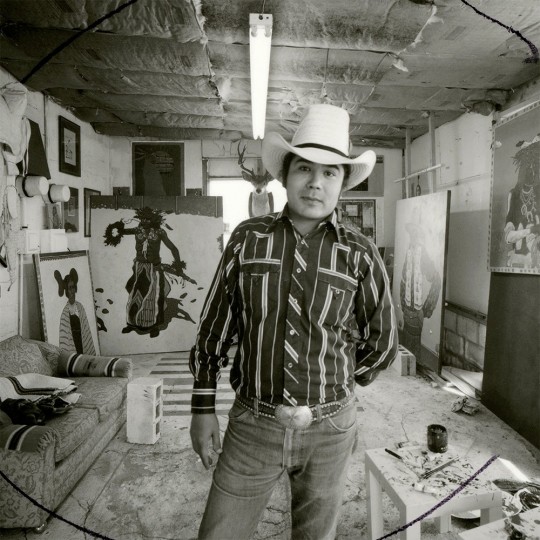
artist T.C. Cannon in his studio (1976)
16 notes
·
View notes
Text
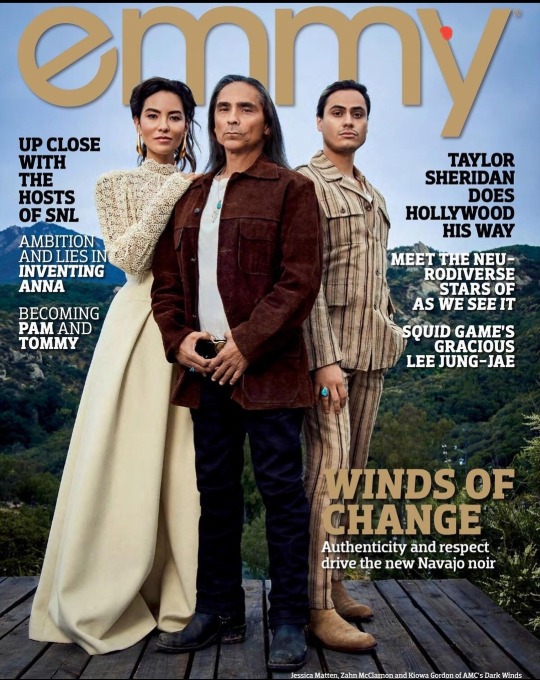

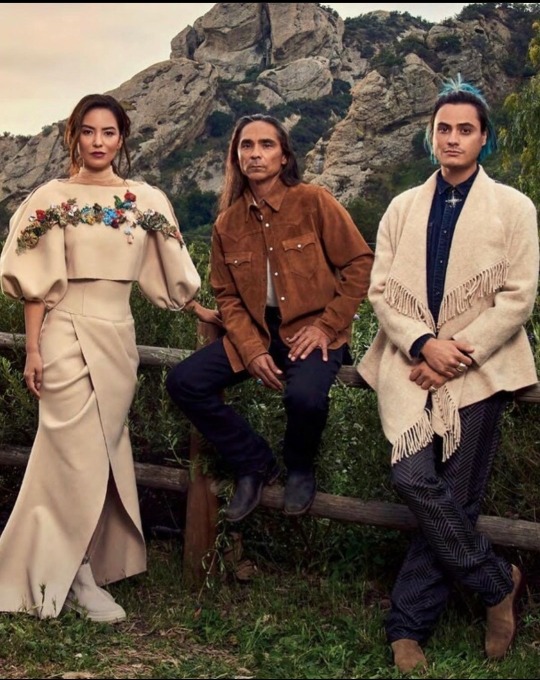
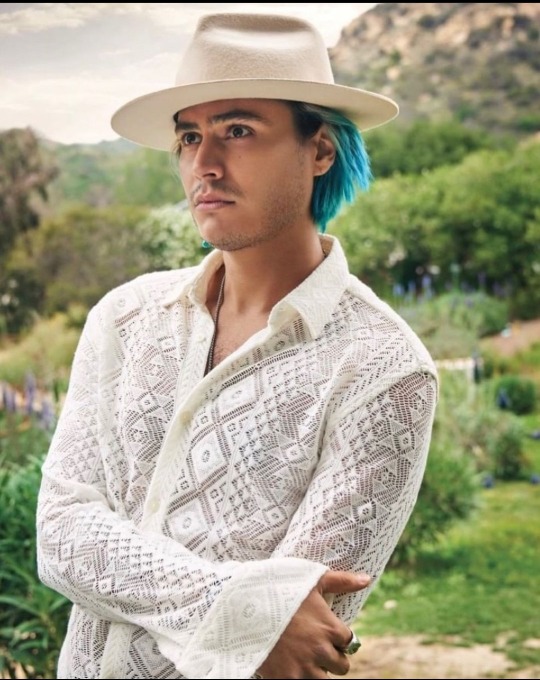
Kiowa Gordon and the cast of Dark Winds on the cover of Emmy magazine
632 notes
·
View notes
Text
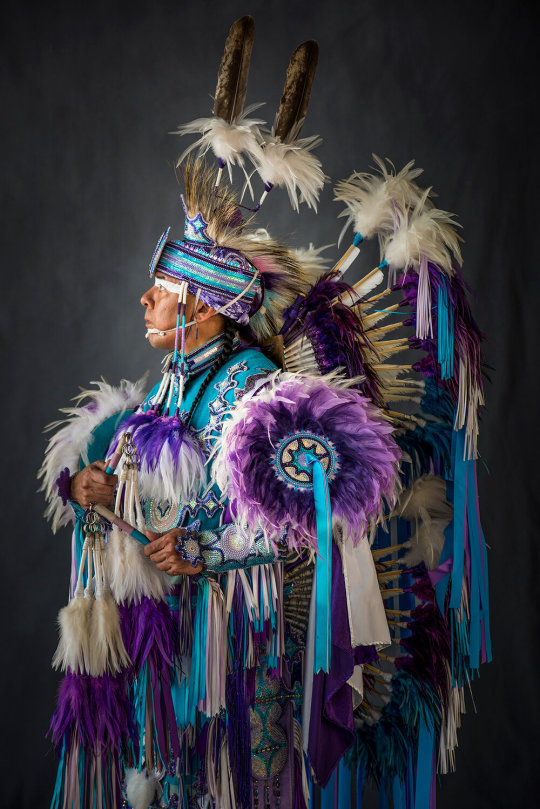
Commanche Kiowa man, United States of America, by Native Light USA
#Commanche#kiowa#united states of america#north america#america#folk clothing#traditional clothing#traditional fashion#cultural clothing
531 notes
·
View notes
Photo
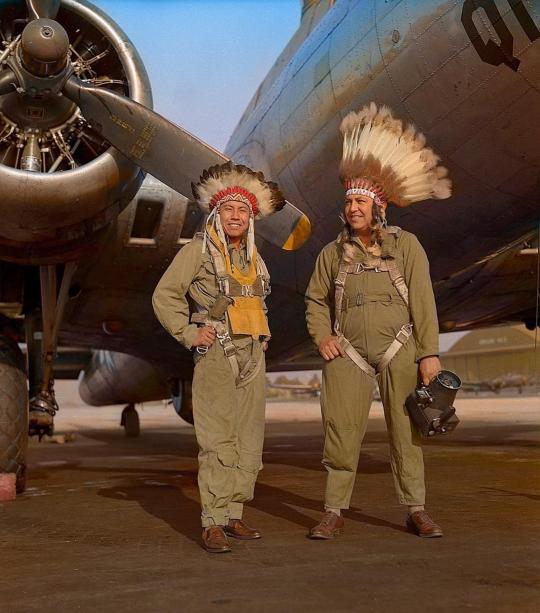
190 notes
·
View notes
Text

Photo of To-an-ka, son of the Kiowa chief Lone Wolf, is believed to have been made in the early 1870s by William S. Soule at Fort Sill, Indian Territory. To-an-ka (var Tau-ankia, Ti-Bone-Ne, Tibone) was killed in Texas in December 1873
15 notes
·
View notes
Text
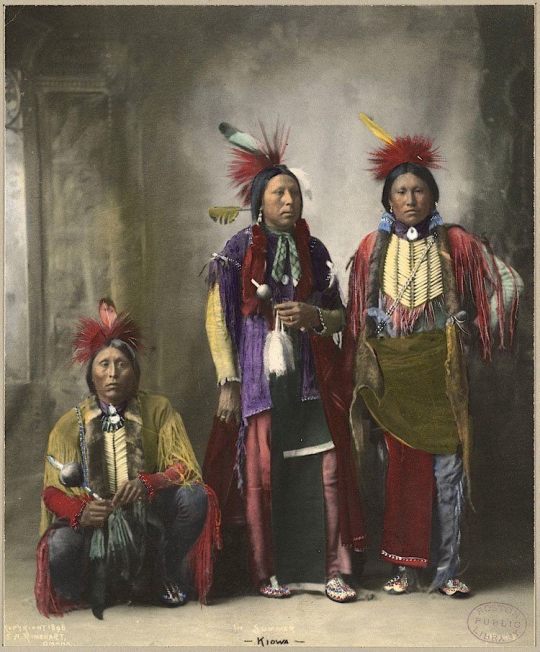
“In Summer” members of the Kiowa tribe, C. 1898. ..
Photo by F.A. Rinehart, via the Boston Public Library.
20 notes
·
View notes
Photo
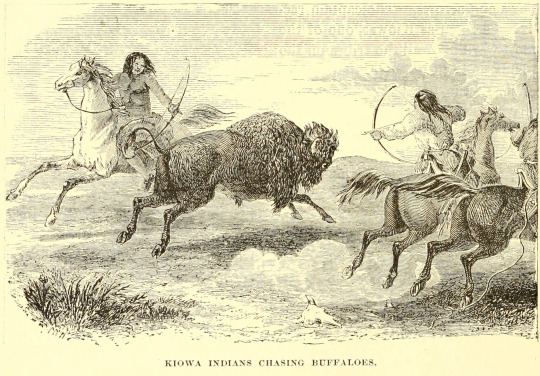
Source details and larger version.
Backswept horns: my modest collection of vintage buffalos.
27 notes
·
View notes
Photo

Excuse me but they're too precious for this world I can't handle this
Also I'm so proud 'cause it looks like my Avatars/Na'vis seems to get better !
I can't get over their cute tails like, ARGH
Kiowa © @ValhalIasKeeper
Klaro © Me
#Klaro#Klaro Sliver#Kiowa#Na'vi#Na'Vi OC#Snow Na'vi#Avatar#Avatar OC#Avatar 2#Avatar The Way Of Water#OC#OCs#Original Character#Cute#Alien
95 notes
·
View notes
Text

Crow Chief Plenty Coups. Early 1900s. Richard Throssel Collection, American Heritage Center, University of Wyoming
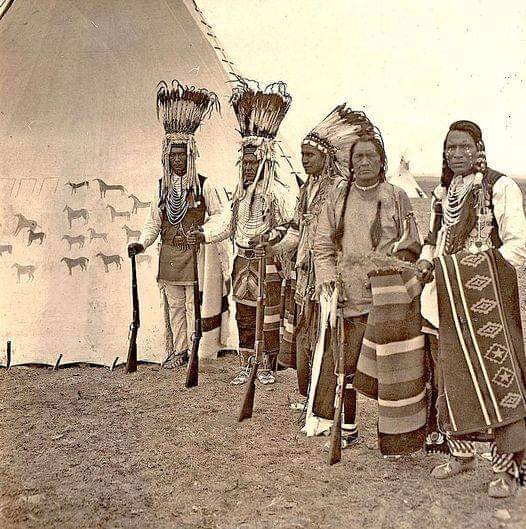
Blackfeet warriors ready for Sundance. ca. 1906. Montana. Photo by N.A. Forsyth. Source - Montana Historical Society.
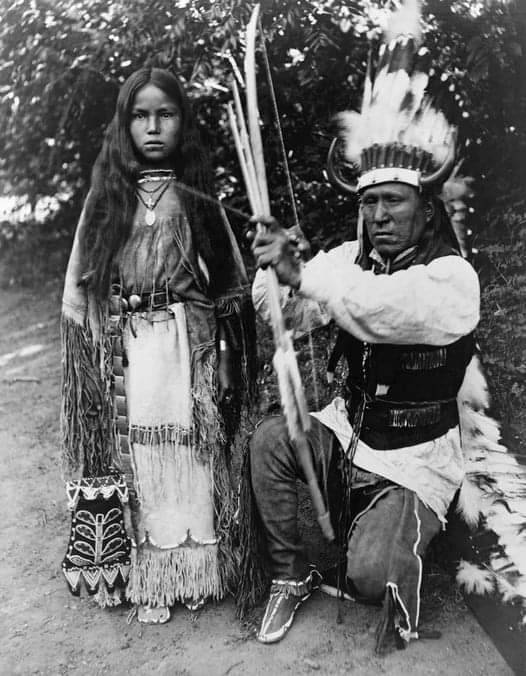
The Kiowa elder Elk Tongue and his daughter A-Ke-a - 1891 - Library of Congress
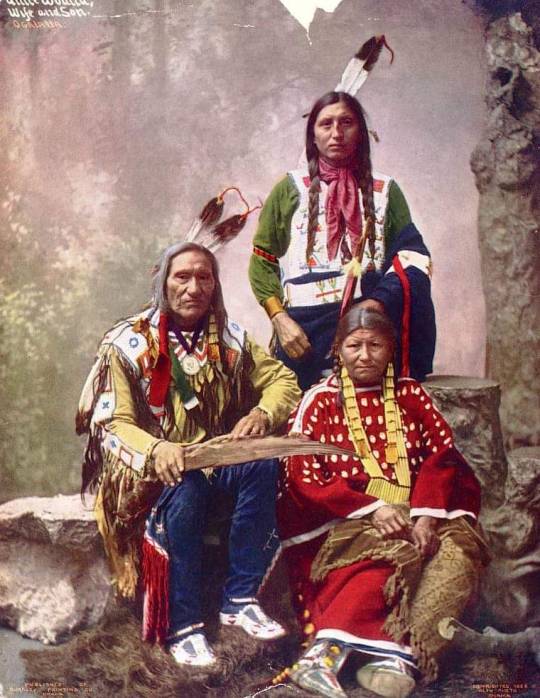
Chief Little Wound and family. Oglala Lakota. 1899. Photo by Heyn Photo.
#indigenous#native american#lakota#Blackfeet#Kiowa#Crow#Chief Plenty Coups#Chief Little Wound#colorized#bw#photography#historical photos
9 notes
·
View notes
Text
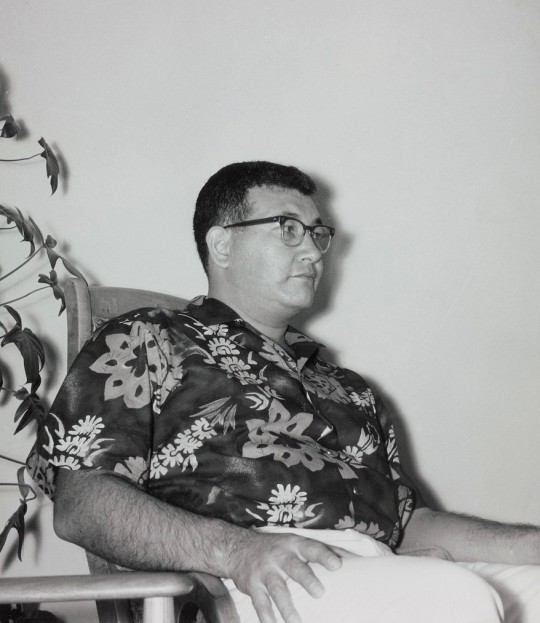
Kiowa poet N. Scott Momaday 🌹 (1968)
13 notes
·
View notes
Text
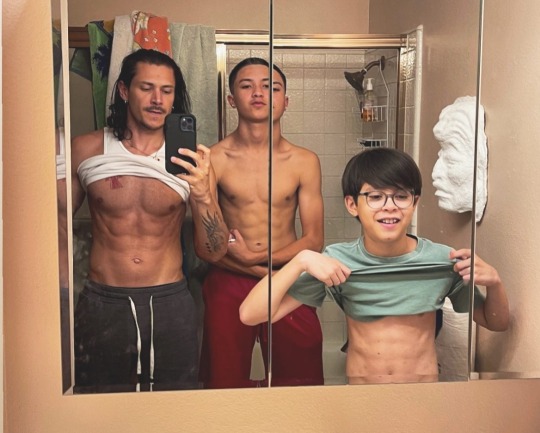

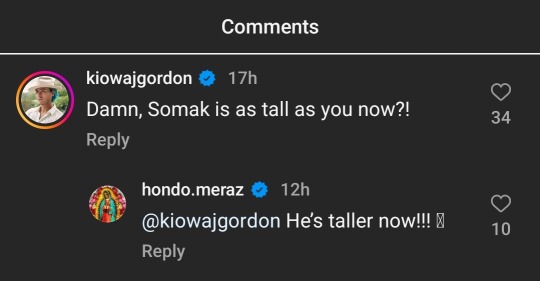
Alex Meraz and sons, showing off the abs! From his Instagram. Check out the comment from Kiowa Gordon.
#alex meraz#twilight wolf pack#kiowa#kiowa gordon#paul lahote#embrycall#twilightwolves#gotitfrommydaddy
36 notes
·
View notes
Photo

Kiowa boys, 1890.
41 notes
·
View notes
Text

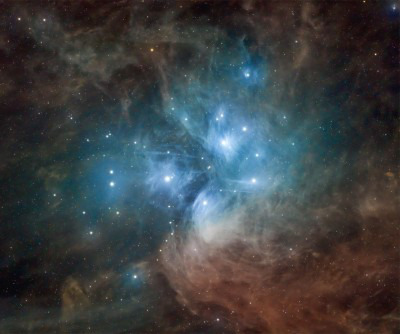
the Pleiades, The Seven Star Girls
In Wyoming, North America, stands Mateo Tipi – or Devil’s Tower as it is now widely known – a 1,200 ft tall rock formation.
As legend has it, the Kiowa tribe were moving south for the winter, when they camped by a stream where there were many bears. One day, seven young girls were playing further along the stream when suddenly some of the bears began to chase them. The frightened girls leapt onto a small rock and asked the Great Spirit to protect them.
The Great Spirit heard the girls’ cries and made the rock grow upwards, with almost vertical sides, taking the girls with it, and leaving the bears unable to reach them. The bears however continued to claw away at the rock, leaving deep scratch marks and making it grow even taller, pushing the seven little girls into the stars.
The Western Mono Indians believed the Pleiades stars represented a group of wives who were excessively fond of eating onions and were thrown out of their homes by angry husbands! Repenting in their loneliness, the husbands sought out their wives, but in vain. They had wandered into the sky and become stars.
To the Blackfoot tribes of Alberta and Montana, the stars were known as The Orphan Boys. The fatherless boys were rejected by their tribe but were befriended by a pack of wolves. Saddened by their lonely lives on earth, they asked the Great Spirit to let them play together in the sky. As a reminder of their cruelty in contrast to the kindness of animals, every night the tribe were afflicted by the howling of the wolves that pined for their lost friends.
#the Pleiades#constellations#the Seven Star Sister Girls#stars#wyoming#Mateo Tipi#Devil’s Tower#Kiowa#Kiowa Tribe#bear#the Seven Sisters#mythology#Native American Mythology
3 notes
·
View notes